READY TO GET STARTED?
REQUEST A FREE ESTIMATE
Fill out the form below or call (336) 226-1448 for a free, no-obligation estimate.
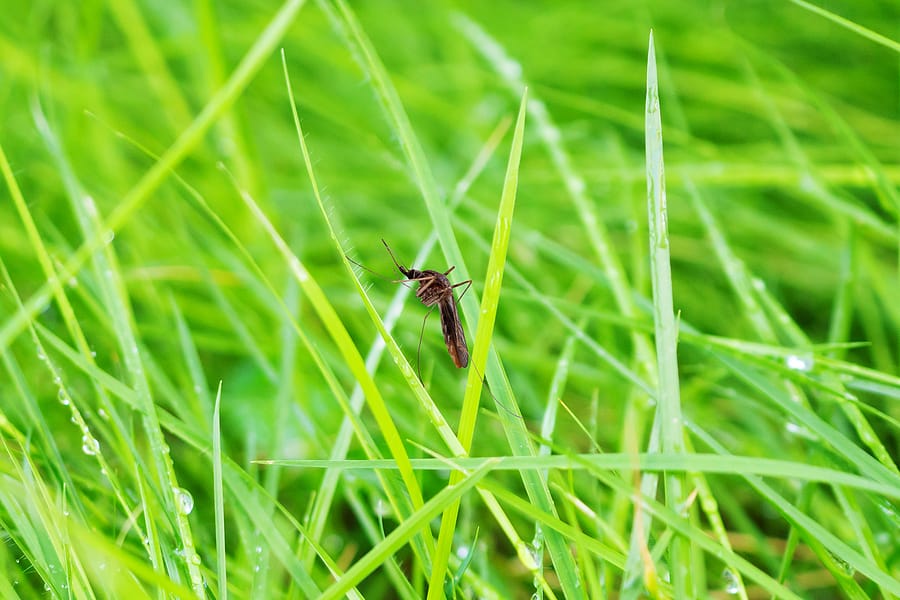
Spring is a time for renewal and growth, but unfortunately, it’s also a time for pests to emerge from their winter hiding spots and wreak havoc on homes and gardens. North Carolina, with its warm and humid climate, is particularly susceptible to pests during spring. Here are some of the most common spring pests homeowners in North Carolina may experience, along with tips on how to prevent and control them.
Termites are a serious problem in the south, and spring is the time when they start swarming in search of new nesting sites. Termites can cause extensive damage to the structure of homes, and if left untreated, can lead to costly repairs. Homeowners should be on the lookout for signs of termite infestations, such as mud tubes, discarded wings, and wood damage. To prevent termite infestations, homeowners should remove any wood debris or stumps near their homes, repair any water leaks or moisture problems, and have regular inspections by a licensed pest control professional.
Ants are another common spring pest in this area. They are attracted to food, water, and shelter and can quickly become a nuisance in homes and gardens. Ants can also cause damage to plants and can even bite humans and pets. Homeowners can prevent ant infestations by keeping their homes clean and free of food debris, sealing cracks and crevices, and trimming plants away from the home’s foundation.
Mosquitoes thrive in warm, humid environments, making the south an ideal location for them to breed. Mosquitoes can transmit diseases such as the West Nile virus and Zika virus, making them a serious health concern. Homeowners can prevent mosquito infestations by removing any standing water around their property, such as in bird baths or clogged gutters. In addition, homeowners can install screens on doors and windows to prevent mosquitoes from entering the home.
Ticks are another common spring pest. They are often found in wooded areas and can transmit diseases such as Lyme disease and Rocky Mountain spotted fever. Homeowners should take steps to prevent tick bites by wearing long-sleeved clothing, using insect repellent, and avoiding tall grass and brush. In addition, homeowners can keep their yards free of debris and trim back any overgrown vegetation to reduce the likelihood of tick infestations.
Cockroaches are a year-round problem, but they become more prevalent in the spring as the weather warms up. Cockroaches can contaminate food, trigger asthma and allergy symptoms, and transmit diseases. Homeowners can prevent cockroach infestations by keeping their homes clean and free of food debris, sealing any cracks or crevices, and reducing humidity levels.
By working with your local pest control company and taking proactive measures, you can protect your home and family from these common spring pests.
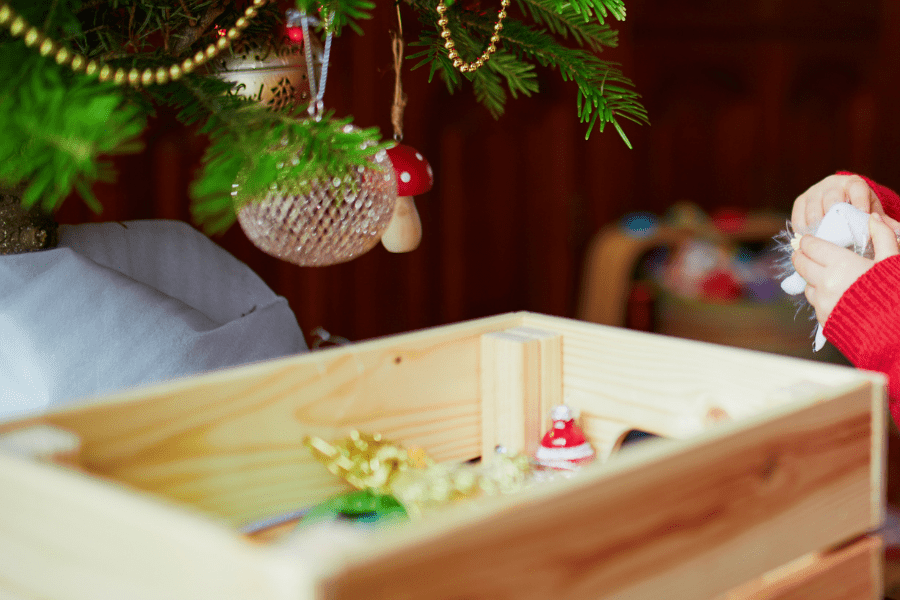
With the holidays here, it’s time to take all the decorations out of storage and make the house jolly again! Hopefully, you aren’t discovering pests in your storage of choice. There are some ways to ensure that pests cannot get a hold of your holiday decorations; let’s break it down:
Enjoy a pest-free holiday season with these easy DIY pest control tips. If the problem is bigger than you can handle, be sure to reach out to your local pest control company, and they will be able to provide a free inspection.
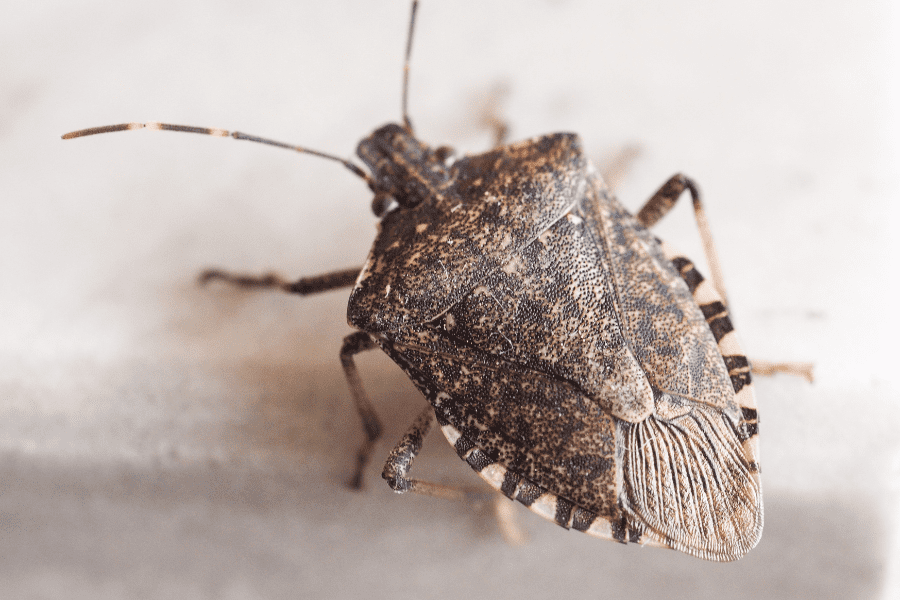
A common term used to describe pests and how they survive the colder temperatures is overwintering. These types of pests will often seek warmth and shelter in homes and buildings because of the comfort they offer. Overwintering pests don’t cause any harm to you or your home but can become a nuisance if they begin to infest. Here are some common overwintering pests and some easy do-it-yourself tips to keep them outside of your house.
Lady Bugs
These well-known pests are harmless and are deemed beneficial. They will often consume plant-eating insects such as aphids, mites, and scale insects, all of which can harm crops and plants in gardens; although, if you find lady bugs invading your home, they can become difficult to get rid of.
Boxelder Bugs
This type of overwintering pest is considered a little more aggressive than others. If they puncture your skin, it can cause a slight irritation, but nothing to worry about. Other than that, boxelder bugs are harmless, but can become a nuisance if they choose to infest.
Stink Bugs
These pests can infest homes in large numbers, especially beginning in the fall time. Stinkbugs are attracted to your home due to the warmth that it provides. They can usually find their way indoors through any exterior entry points.
Overwintering Pest Prevention
Keep your home protected this winter with these tips for preventing overwintering pests:
If you begin to see an overabundance of overwintering pests, then reach out to your local pest control company to create a customized plan of action.
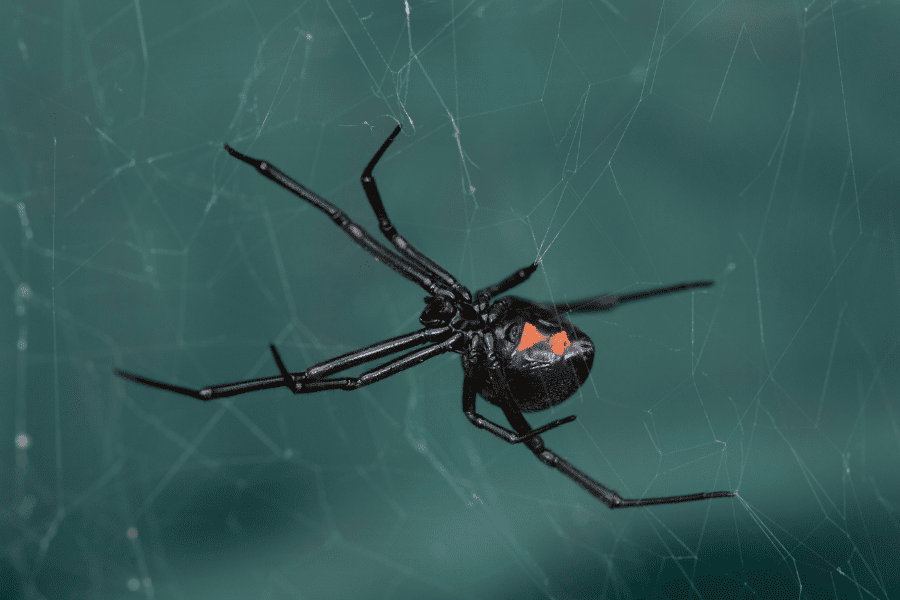
Due to the moderate weather found in North Carolina, spiders are able to thrive. With many different species of spiders living in the state, only two are found to be harmful to humans. The two associated with biting humans are the black widow and the brown recluse. If not cared for correctly, a bite from these spiders can result in death. Luckily, it’s very rare to be bitten by these two arachnids. You’re bound to encounter many other species, let’s break down the popular spiders found in North Carolina.
Black Window
The black widow spider is one of the most venomous spiders in North America. They have a shiny, black body with a red hourglass shape on their underside. They usually live in woodpiles, under rocks, or around homes, and are sometimes found in garages. They will, unfortunately, bite humans if they feel threatened, but luckily their venom isn’t life-threatening to most people.
Brown Recluse
This well-known venomous spider is found in most southern states and North Carolina is one of its home states. They appear light to dark brown and have a violin-shaped marking on their head. Mostly found living in woodpiles, under rocks, or around homes, they tend to stay away from people, hence their name, and prefer dimly lit areas, such as basements or attics. They are typically not aggressive and will only bite if they feel threatened.
Wolf Spider
These spiders are common here and can be found living under rocks, in tall grass, or near our homes. They are dark brown with white markings on their heads and abdomens. They are known to be one of the larger species found in homes, growing up to two inches long. Their bites are harmless, and it will usually only happen if they feel threatened.
Cellar Spider
Being one of the most common spiders found in North Carolina, these small, long-legged creatures can grow up to one inch long. They appear to have a dark brown body with light yellow markings on their abdomen. They can live indoors and outdoors. They are known to be a more beneficial type of spider to keep in your home because they keep populations down of other pests, including other spiders.
If you think you have a spider problem evolving in your home, feel free to reach out to your local pest control company and we can create a customized solution.
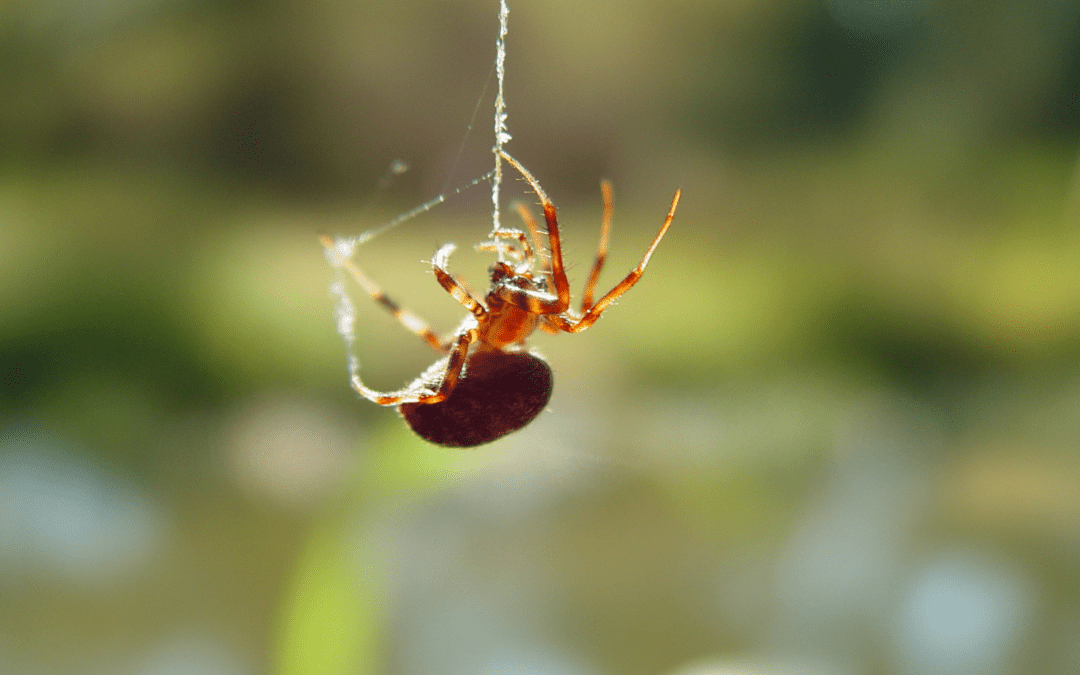
Temperatures are getting cooler and we are starting to spend more time indoors. We aren’t the only ones inside, though. Many pests will appear indoors that weren’t around in the warmer months. Pests found inside are seeking warmer shelter to survive the winter and provide a food source. Let’s break down some common fall pests so you’re better prepared to prevent and treat them.
Fall is the time when leaves begin to fall and temperatures drop, but it’s also when most spiders begin to mate. You might see more spiders than usual indoors due to them trying to find a match. Outside, you may notice large webs around your home. Spiders are known for being beneficial and can reduce the number of other pests around your home, so be mindful when knocking down their webs outside.
Fire ants build large mounds in soil and near structural foundations. They can even find their way indoors through cracks in buildings. When they feel threatened or disturbed, they can cause multiple painful stings and can become aggressive. Fall is the best time to treat fire ant mounds as this is when they’re most active.
Like us humans, rodents are also in search of food and warmth in the cooler weather. Your home can become a welcoming environment for them. Be sure to rodent-proof your home by sealing gaps or openings around your home’s exterior. Keep outdoor vents covered, repair any holes or tears in window or door screens, and install weatherstripping around doors.
You may notice an increase in overwintering pests, such as ladybugs, boxelder bugs, and stink bugs. These types of pests often resist traditional treatments with pesticides, so it’s best to take measures around your home to prevent more from coming inside. They’ll gather near the warmest areas of your home, usually on the south and west-facing sides. In these areas, check for any openings or gaps around windows and doors.
If you notice an influx of pests around your home this fall, reach out to your local pest control company who will provide you with a treatment plan that works best for you and your family.
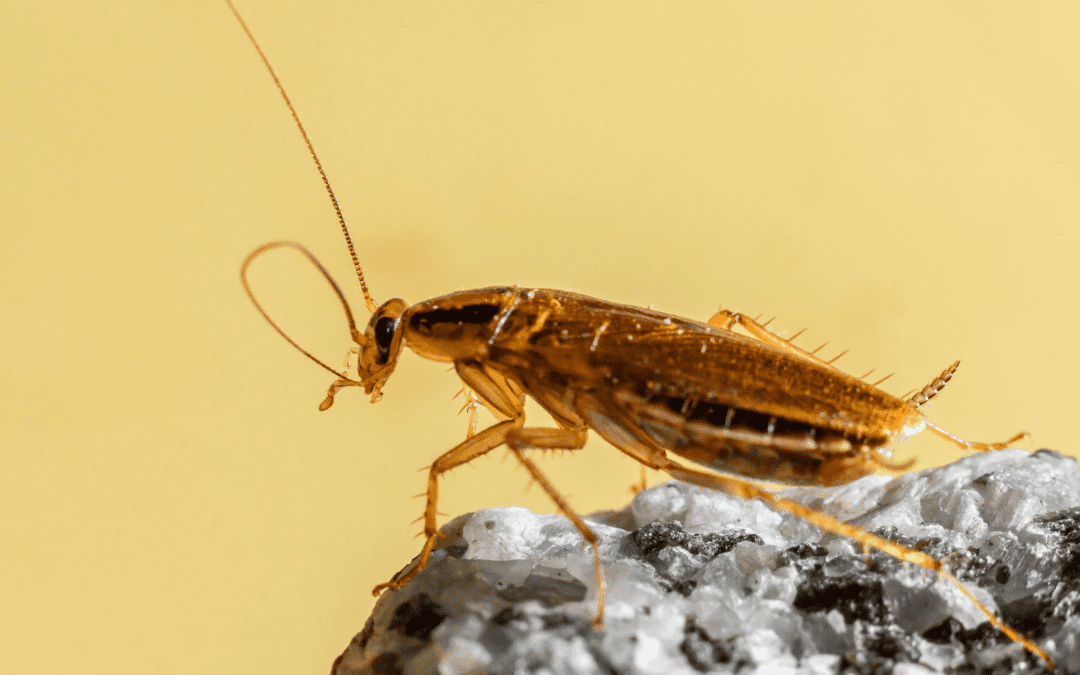
Seeing cockroaches in your home is never ideal. Certain roaches can mean there is an infestation, instead of just one. Failing to remove these pests can lead to unpleasant outcomes and more sightings.
We have broken down the most common cockroaches found in North Carolina and how to keep them away; let’s check it out!
These roaches are generally light to dark brown and have two stripes near the back of their head. This species does have wings but rarely uses them. They prefer dark, moist places, such as basements and crawl spaces. They don’t do well in the cold, so they thrive better here in the South.
Larger than the German cockroach, these roaches can get up to four centimeters in length. They develop wings towards the end of their lifecycle, with males having some longer than their bodies. They can be identified easily with a yellow band behind their head. They are typically found where there is an abundance of food, so restaurants see more infestations than homeowners would. They prefer dark or damp wood piles in the wild.
Here are some ways to prevent cockroaches and keep them away from your home.
If you think you have a roach infestation, be sure to reach out to your local pest control company. These professionals will provide the best plan of action to keep roaches out of your home.